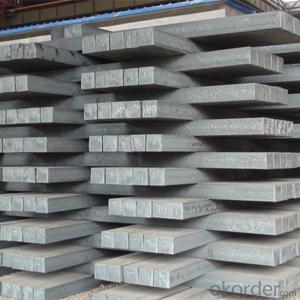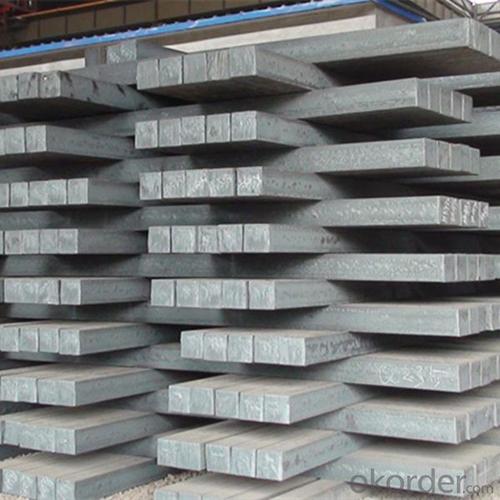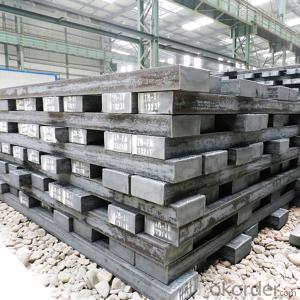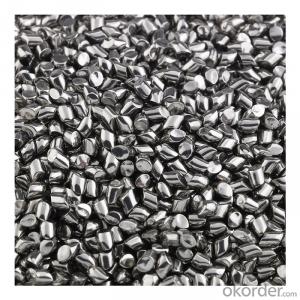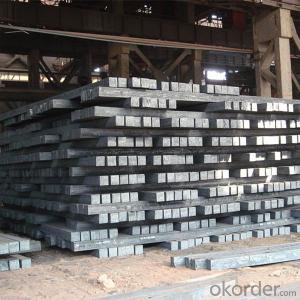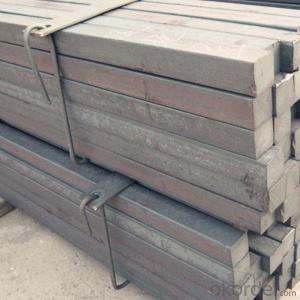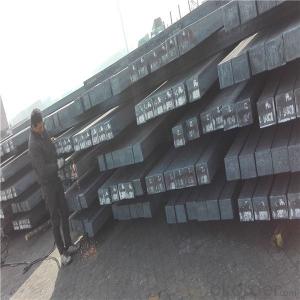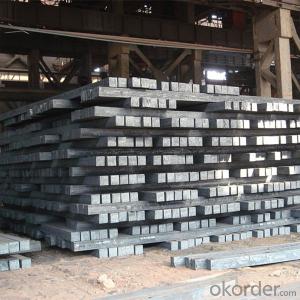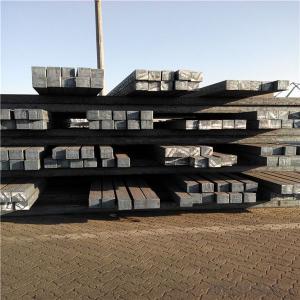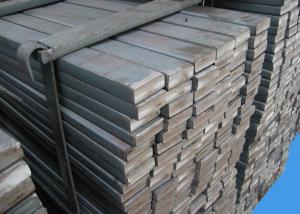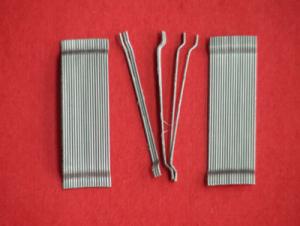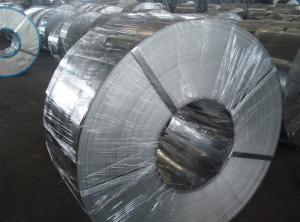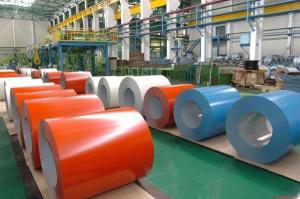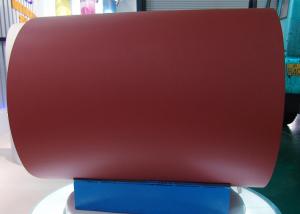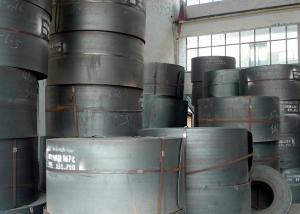Steel Billet Made in China/ China Manufacture
- Loading Port:
- China main port
- Payment Terms:
- TT OR LC
- Min Order Qty:
- 1000 m.t.
- Supply Capability:
- 100000 m.t./month
OKorder Service Pledge
Quality Product, Order Online Tracking, Timely Delivery
OKorder Financial Service
Credit Rating, Credit Services, Credit Purchasing
You Might Also Like
Specification
Standard:
ASTM,DIN,JIS
Technique:
Hot Rolled
Shape:
Square
Surface Treatment:
Dry
Steel Grade:
Q195,Q215,Q235
Certification:
ISO,SGS,BV
Thickness:
100mm-150mm
Width:
100mm-150mm
Length:
6-12m
Net Weight:
23mt
Packaging:
Standard Export Packing
Product Description
Prime Steel Billets
| Name: | square bar/steel billet |
| LENGTH: | 6 meter to 12 meter (+ 50mm) |
| Size: | 100*100, 120*120, 150*150, 200*200 |
| Grade: | 3SP,5SP,Q235,20MnSi. |
| Shape: | Square, Round |
| Technique: | Hot-Rolled |
| Standard: | ASTM/GB |
| BENDING | No more than 5mm in 1 meter No more than 30mm in 6 meter No more than 60mm in 12 meter |
| ANGULAR TWIST | No more than 1 degree per meter and not more than 6 degree over 12 meter length. |
| Chemical composition | C, Si, Mn, P, S, N, etc |
Shipping Iterms
| Size | 60*60/90*90/100*100/120*120/150*150 |
| Length | 6000mm-12000mm |
| Standard | GB |
| Applicaton | To produce bars or other applications |
| Grade | Q195/Q235/Q275/3SP/5SP/20MnSi |
| Packing terms | TT/LC |
| Package | Mill's standard packing or as client's requirment |
| Delivery time | Within 10-30 days after receiving the deposit or LC |
Chemical Composition
| Standard | C(%) | Mn(%) | S(%) | P(%) | Si(%) |
| Q195 | ≤0.12 | ≤0.50 | ≤0.040 | ≤0.035 | ≤0.30 |
| Q235 | ≤0.20 | ≤1.40 | ≤0.045 | ≤0.045 | ≤0.35 |
| Q275 | ≤0.22 | ≤1.50 | ≤0.045 | ≤0.045 | ≤0.35 |
| 20MnSi | 0.17-0.25 | 1.2-1.6 | ≤ 0.050 | ≤ 0.050 | 0.40-0.80 |
| 3SP | 0.14-0.22 | 0.40-0.85 | ≤ 0.050 | ≤ 0.040 | 0.05-0.15 |
| 5SP | 0.28-0.37 | 0.50-1.00 | ≤ 0.050 | ≤ 0.040 | 0.15-0.30 |
Product Pictures
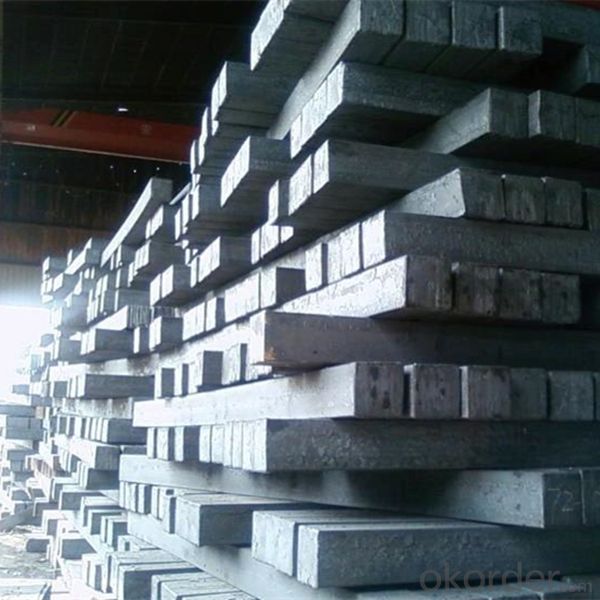

Production Process

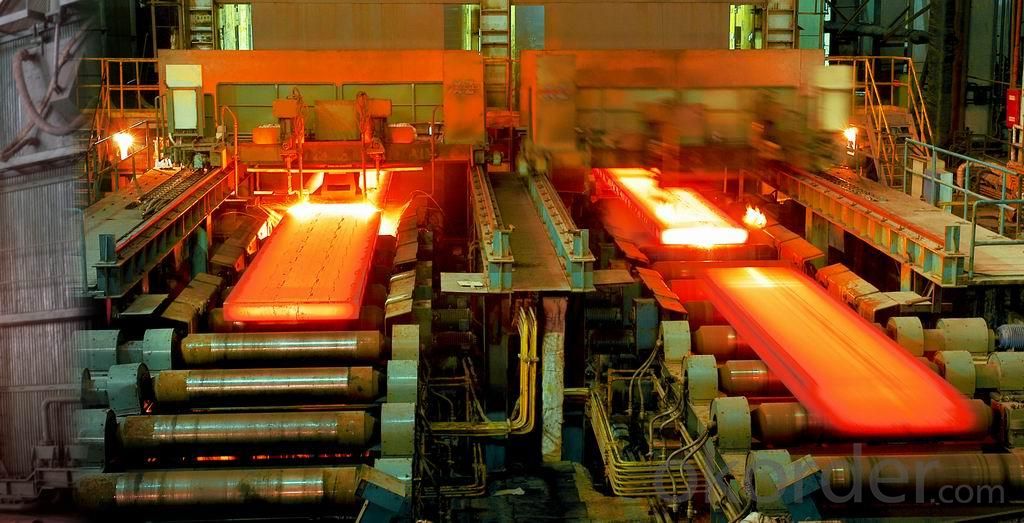
- Q: What are the different types of steel sections used in bridges?
- There are several types of steel sections commonly used in bridges, including I-beams, H-beams, box girders, and trusses. These sections are designed to provide strength, stability, and load-bearing capacity to support the weight of the bridge and withstand various forces such as tension, compression, and bending. Each type of section has its own unique shape and structural characteristics, allowing engineers to choose the most appropriate one based on the specific requirements of the bridge design.
- Q: What are the factors to consider when choosing the right steel product for a specific application?
- When choosing the right steel product for a specific application, there are several factors to consider. These include the strength and durability required for the application, the corrosion resistance needed, the temperature and environmental conditions it will be exposed to, the desired appearance or finish, the cost, availability, and ease of fabrication of the steel product. Additionally, other factors such as weight, size, and compatibility with other materials in the application should also be taken into account.
- Q: What are the advantages of using steel in bridge construction?
- There are several advantages of using steel in bridge construction. Firstly, steel is known for its high strength-to-weight ratio, making it an ideal material for building bridges that can handle heavy loads while remaining structurally sound. Secondly, steel possesses excellent durability and resistance to corrosion, which ensures a longer lifespan for the bridge and reduces maintenance costs. Additionally, steel bridges can be fabricated off-site and assembled quickly, leading to shorter construction periods and less disruption to traffic. Lastly, steel is a sustainable material as it can be recycled, making it an environmentally friendly choice for bridge construction.
- Q: How are steel products used in the construction of public transportation systems?
- Steel products are extensively used in the construction of public transportation systems due to their strength, durability, and versatility. Steel is commonly used in the fabrication of railway tracks, bridges, tunnels, and station structures. It provides the necessary structural support, ensuring the safety and reliability of the transportation system. Additionally, steel is used in the manufacturing of various components such as train cars, bus frames, and tramlines, contributing to their longevity and resistance against wear and tear. Overall, steel plays a crucial role in the construction of public transportation systems, enhancing their efficiency, sustainability, and overall performance.
- Q: What are the different types of steel bars used in construction?
- There are several different types of steel bars used in construction, including mild steel bars, deformed steel bars, torsion bars, ribbed steel bars, and high-strength deformed bars. Each type has its own unique properties and applications in various construction projects.
- Q: How are steel products used in the construction of libraries and educational centers?
- Steel products are commonly used in the construction of libraries and educational centers due to their durability, strength, and versatility. Steel is used for structural elements such as beams, columns, and frames, providing stability and support to the building. It is also used in the fabrication of stairs, railings, and mezzanines, enhancing the functionality and aesthetics of the space. Additionally, steel roofing and cladding systems are employed for their weather resistance and long lifespan, ensuring the longevity of these educational facilities.
- Q: What is the process of galvanizing steel?
- The process of galvanizing steel involves immersing the steel into a bath of molten zinc, which creates a protective coating on its surface. This coating helps prevent corrosion and extends the lifespan of the steel. The steel is first cleaned to remove any impurities, then it is dipped into the zinc bath. The zinc coating bonds with the steel through a metallurgical reaction, forming a strong and durable protective layer. After the galvanizing process, the steel is cooled and can be further treated or fabricated for various applications.
- Q: What are the safety considerations when working with steel products?
- When working with steel products, some important safety considerations include wearing appropriate personal protective equipment (PPE) such as gloves, safety glasses, and steel-toed boots to protect against cuts, burns, and impact injuries. It is also crucial to maintain a clean and organized workspace to prevent slips, trips, and falls. Additionally, workers should be trained on proper handling techniques to avoid strains or musculoskeletal injuries. Adequate ventilation and respiratory protection should be provided when necessary to protect against fumes and dust. Regular maintenance of tools and equipment is essential to prevent accidents and ensure optimal performance. Finally, following established safety protocols and guidelines, as well as being aware of potential hazards and risks associated with working with steel products, is vital for a safe working environment.
- Q: How do steel products contribute to the construction of theme-based cultural heritage sites?
- Steel products contribute to the construction of theme-based cultural heritage sites in several ways. Firstly, steel is a versatile material that can be used to create intricate and detailed designs, allowing for the accurate replication of historical architecture and structures. Secondly, steel is incredibly strong and durable, providing the necessary structural support for large and complex buildings, ensuring their longevity and stability. Additionally, steel's malleability allows for the creation of unique and innovative shapes and forms, facilitating the creation of visually stunning and iconic structures that enhance the overall theme and aesthetic of the cultural heritage site. Overall, steel products play a crucial role in bringing theme-based cultural heritage sites to life, combining functionality, aesthetics, and historical accuracy.
- Q: What are the different types of steel profiles and sections available?
- There are various types of steel profiles and sections available, including I-beams, H-beams, U-channels, C-channels, angles, and T-sections. Each type has its own unique shape and dimensions, making them suitable for different structural and construction applications.
Send your message to us
Steel Billet Made in China/ China Manufacture
- Loading Port:
- China main port
- Payment Terms:
- TT OR LC
- Min Order Qty:
- 1000 m.t.
- Supply Capability:
- 100000 m.t./month
OKorder Service Pledge
Quality Product, Order Online Tracking, Timely Delivery
OKorder Financial Service
Credit Rating, Credit Services, Credit Purchasing
Similar products
Hot products
Hot Searches
Related keywords
